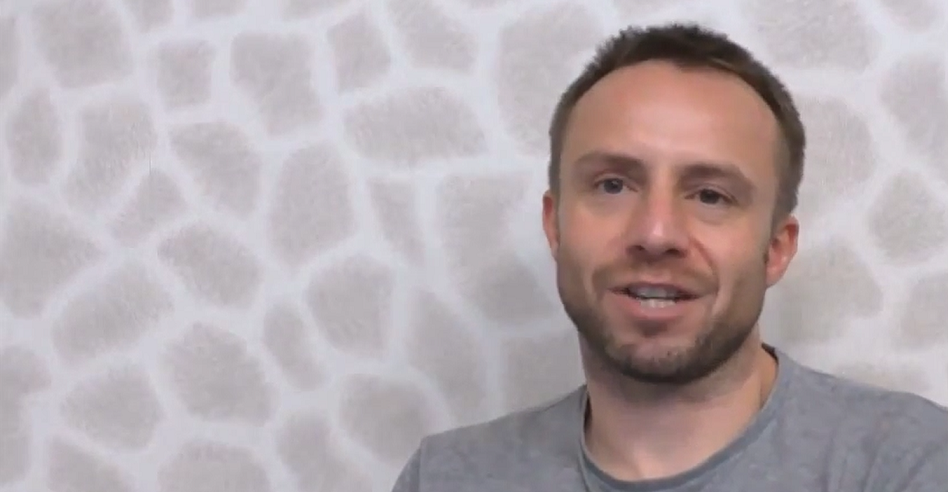Diagnosis of Lowe Syndrome
Lowe syndrome may be suspected by clinicians if they see a number of characteristics, including:
-
Cataracts (clouding of the lenses) that are present from birth
-
Developmental delay
-
Low muscle tone (floppiness) in new-born babies
-
Kidney problems
A diagnosis of Lowe syndrome in males can be confirmed by a clinical diagnosis, DNA analysis, or enzyme deficiency analysis. Enzyme deficiency analysis is the preferred method for a definite diagnosis of Lowe syndrome and involves taking a small skin sample. A genetic counsellor can examine family history and an eye specialist (ophthalmologist) can examine the eyes of an individual’s mother to check for tell-tale changes to the lens of the eye (see Female Carriers, below, for more information on this).
A diagnosis of Lowe syndrome can occur before or after birth. Pre-natal diagnostic techniques include enzyme deficiency analysis, DNA analysis, measurement of alpha-fetoprotein and an ultrasound to examine the presence of cataracts. An ultrasound examination may be useful when there is a family history of Lowe syndrome. If there is a positive family history of Lowe syndrome, and the family wants to know, an amniocentesis can be carried out.
Female Carriers
It is possible to test female carriers of the gene that causes Lowe syndrome. From the age of 10, female carriers begin to show changes in the lens of the eye and is invariably present after puberty. These changes can be diagnosed by a trained eye specialist (ophthalmologist) during a slit lamp examination. A slit lamp examination is where the specialist looks at the eye through a microscope using a high powered light. In addition, a DNA analysis and examining the family history of Lowe Syndrome can determine carrier status.
Families who have recently received a diagnosis of Lowe syndrome may find some useful information and the links to support groups on our welcome section page.
A further description of the genetics and diagnosis of Lowe syndrome is included on GeneReviews.
To read more about the genetic tests used for diagnosis click here.




